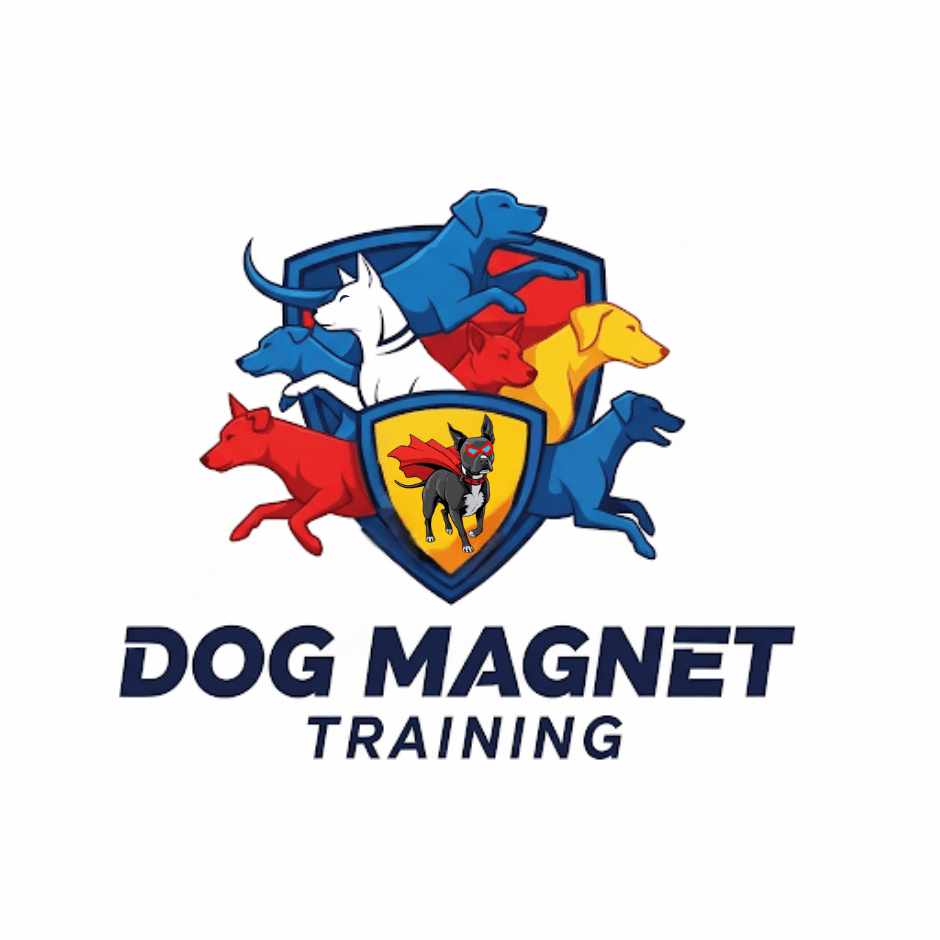The Ultimate Guide to Successful Dog Training Techniques
Understanding Dog Training Basics
Training your dog is an essential part of ensuring a harmonious relationship between you and your canine companion. The process involves understanding your dog's needs, behavior, and the best methods to communicate effectively. Whether you're a first-time dog owner or a seasoned pet parent, mastering the basics of dog training is crucial.
Successful dog training relies on consistency, patience, and positive reinforcement. Dogs thrive on routine and clear expectations, so developing a structured training plan is key. Remember, every dog learns at their own pace, so adapting techniques to suit individual needs is important.

The Role of Positive Reinforcement
One of the most effective training techniques is positive reinforcement, which involves rewarding your dog for desired behavior. Rewards can include treats, praise, or playtime, and they serve to reinforce good habits. This method builds trust and encourages your dog to repeat the behavior in the future.
To implement positive reinforcement, be sure to reward your dog immediately after they perform the desired action. This helps them make the connection between the behavior and the reward. Consistency is crucial, so everyone involved in training should use the same commands and rewards.
Basic Commands Every Dog Should Know
Teaching your dog basic commands is an essential part of training. These commands form the foundation for more advanced training and help ensure your dog's safety. Some fundamental commands include:
- Sit: A basic command that helps control your dog in various situations.
- Stay: Useful for ensuring your dog remains in a specific location.
- Come: Critical for recall and ensuring your dog returns to you.
- Leave it: Prevents your dog from picking up or engaging with unwanted items.

Crate Training and Housebreaking
Crate training is an excellent way to provide your dog with a safe space and assist with housebreaking. A crate should be a positive environment where your dog feels comfortable and secure. Gradually introduce your dog to the crate, allowing them to explore it with the door open before slowly increasing the time they spend inside.
Housebreaking is another essential aspect of training, requiring patience and consistency. Establish a routine for taking your dog outside and reward them immediately after they eliminate outdoors. Accidents may happen, but staying calm and reinforcing good behavior is key to success.

Addressing Behavioral Issues
Training isn't just about teaching commands; it's also about addressing behavioral issues. Common problems include excessive barking, jumping up, or pulling on the leash. Understanding why these behaviors occur can help you find effective solutions.
For instance, excessive barking might be due to boredom or anxiety. Providing enough physical and mental stimulation can help alleviate this issue. For leash pulling, teaching your dog to walk calmly beside you using positive reinforcement techniques can make walks more enjoyable for both of you.
Socialization and Its Importance
Socialization is a vital part of training that involves exposing your dog to different people, environments, and other animals. Proper socialization helps prevent fear and aggression in unfamiliar situations. Start socializing your puppy early by introducing them to new experiences in a controlled manner.
Gradually increase exposure as your dog becomes more comfortable. Socialization isn't just for puppies; adult dogs can benefit too. Regularly engaging your dog in social activities helps maintain their confidence and adaptability.

Advanced Training Techniques
Once your dog has mastered basic commands, you can explore advanced training techniques such as agility or obedience competitions. These activities not only challenge your dog's physical abilities but also strengthen the bond between you and your pet.
Agility training involves guiding your dog through obstacle courses, which requires focus and precision. Obedience competitions test your dog's ability to follow commands in various scenarios. Both activities enhance discipline and provide mental stimulation for your dog.
In conclusion, successful dog training requires a combination of patience, consistency, and understanding. By using positive reinforcement, addressing behavioral issues, and ensuring proper socialization, you can foster a well-behaved and happy canine companion.
